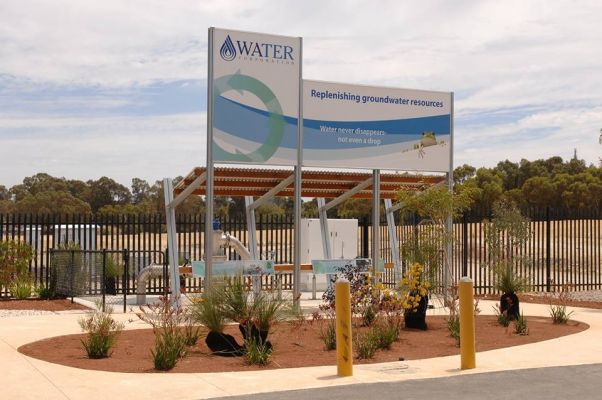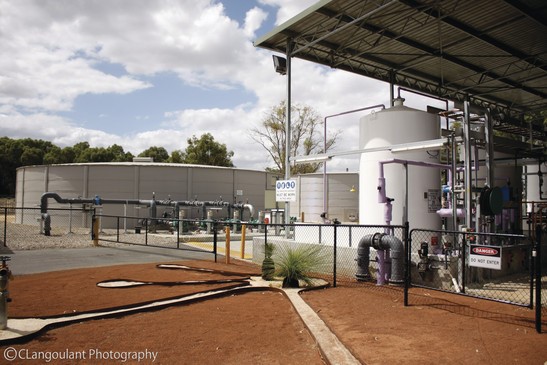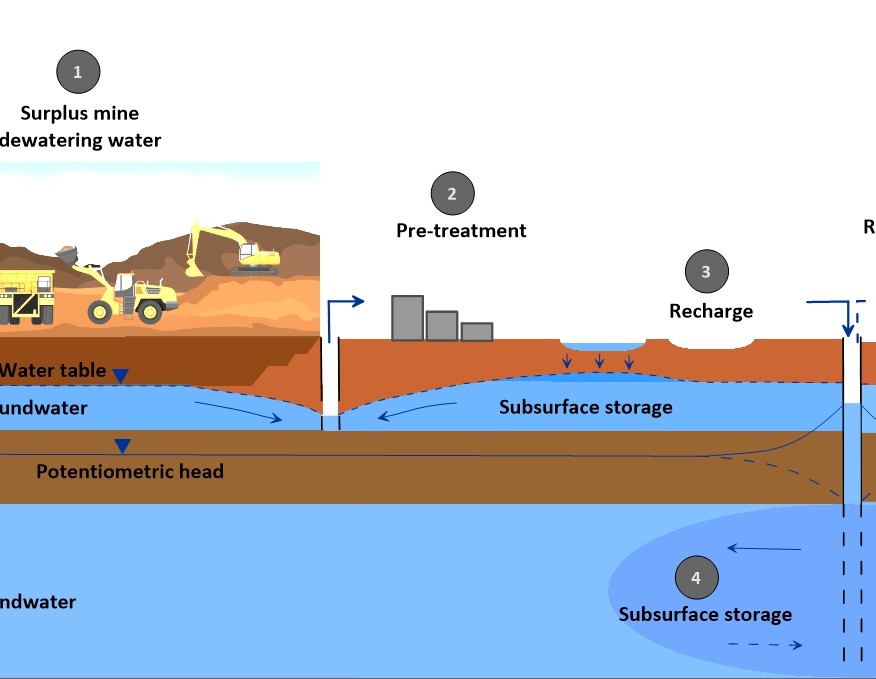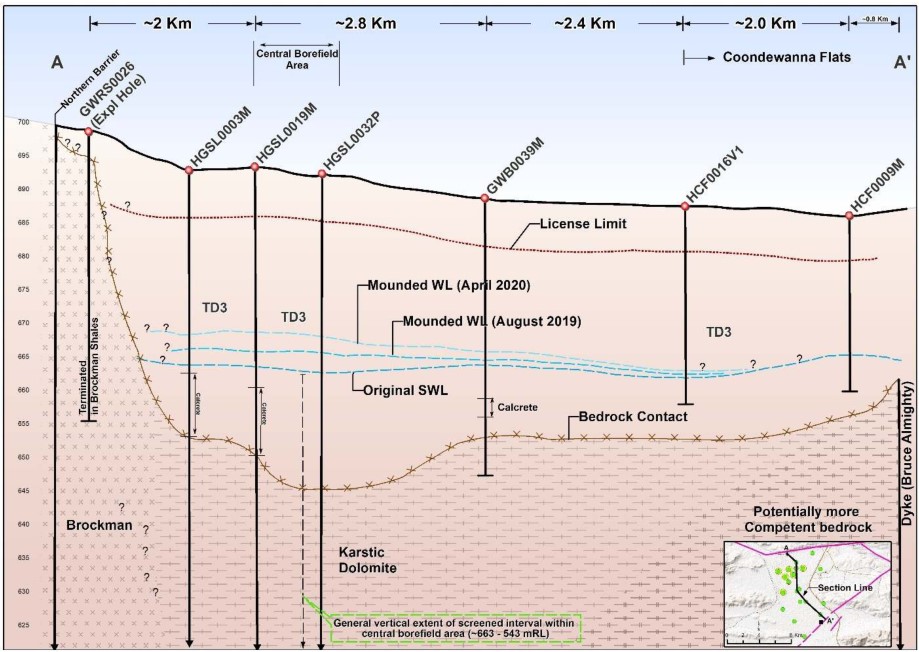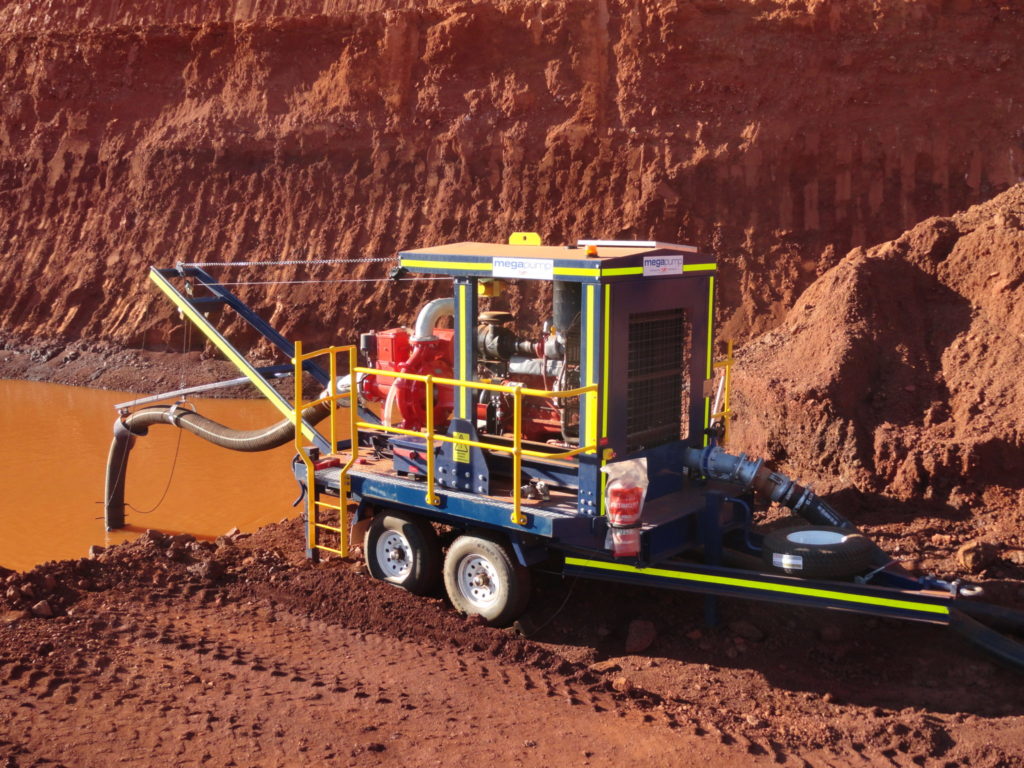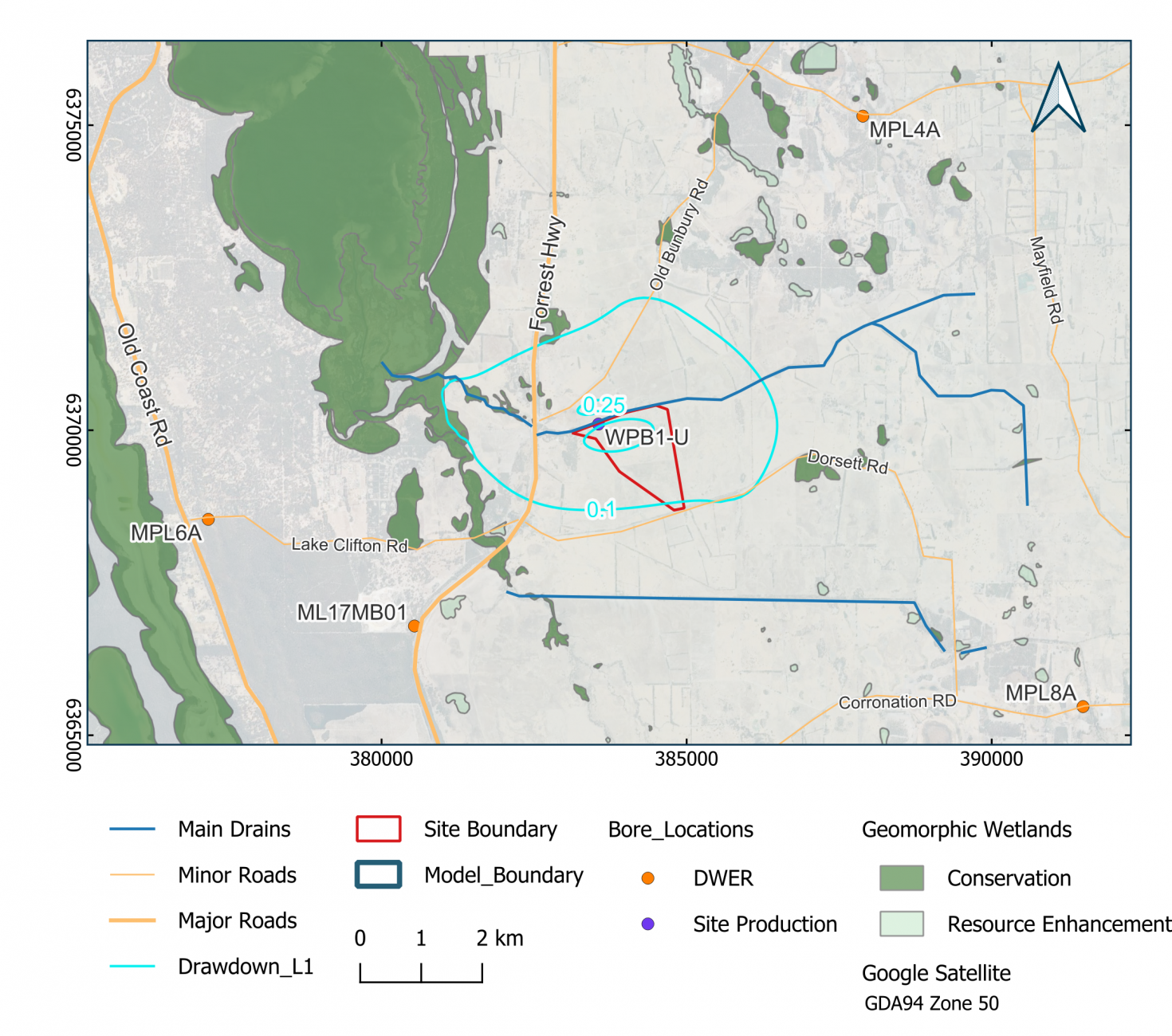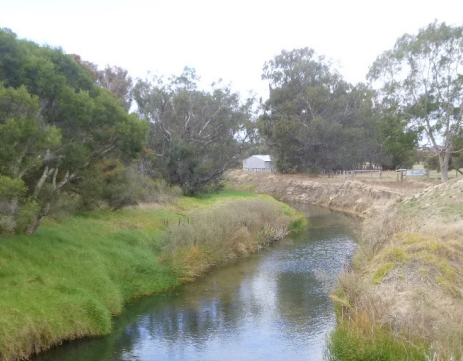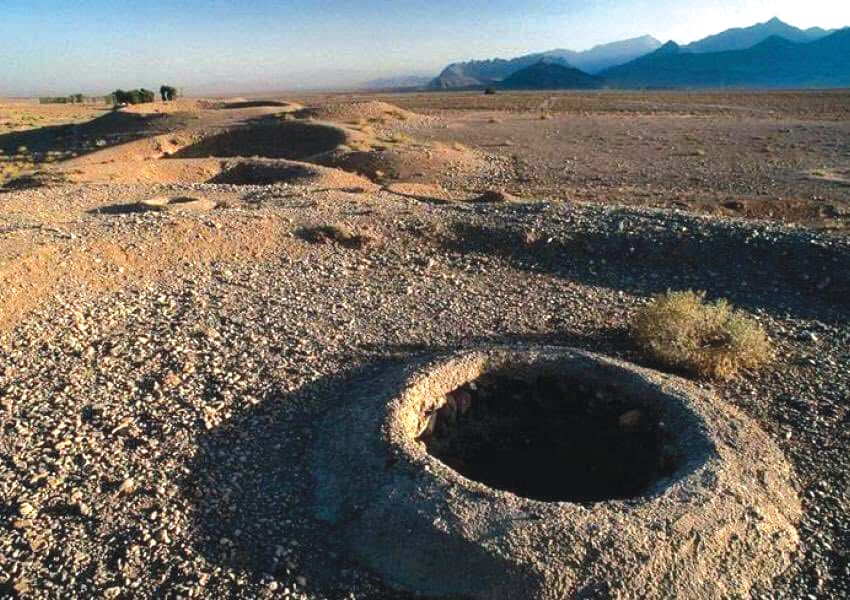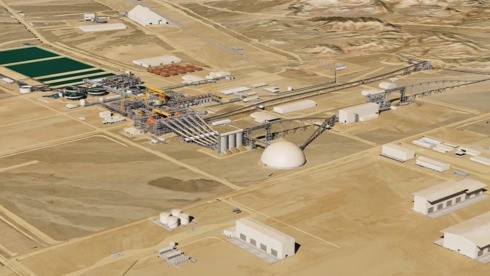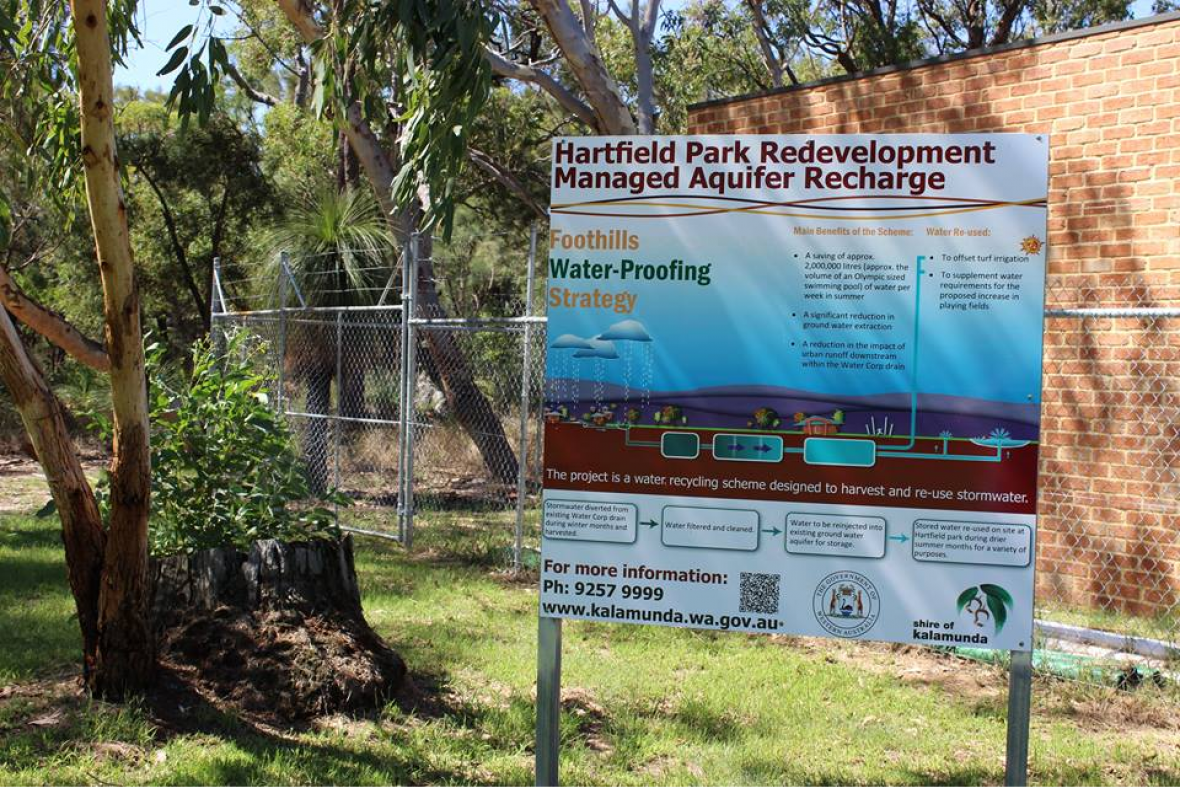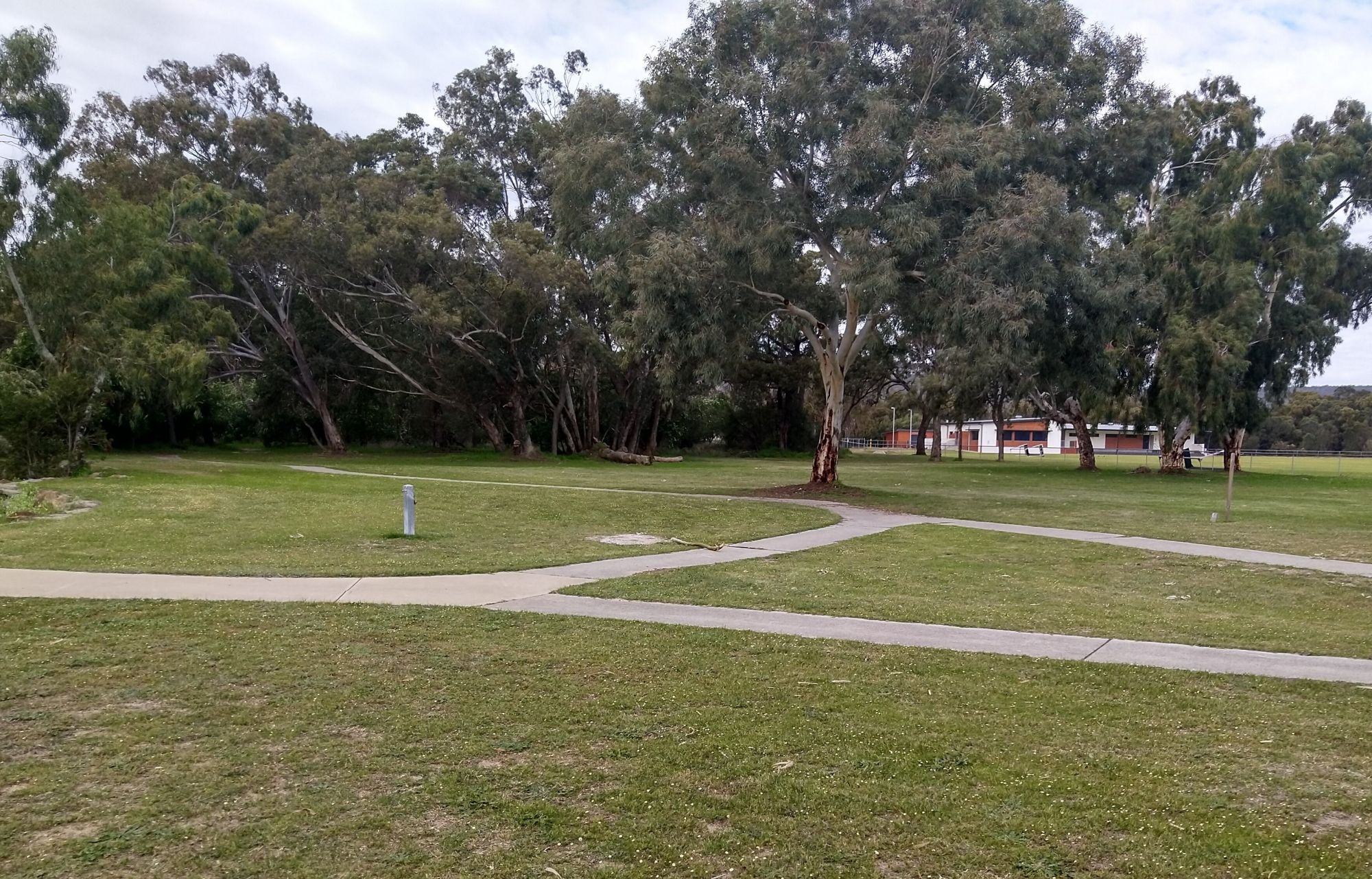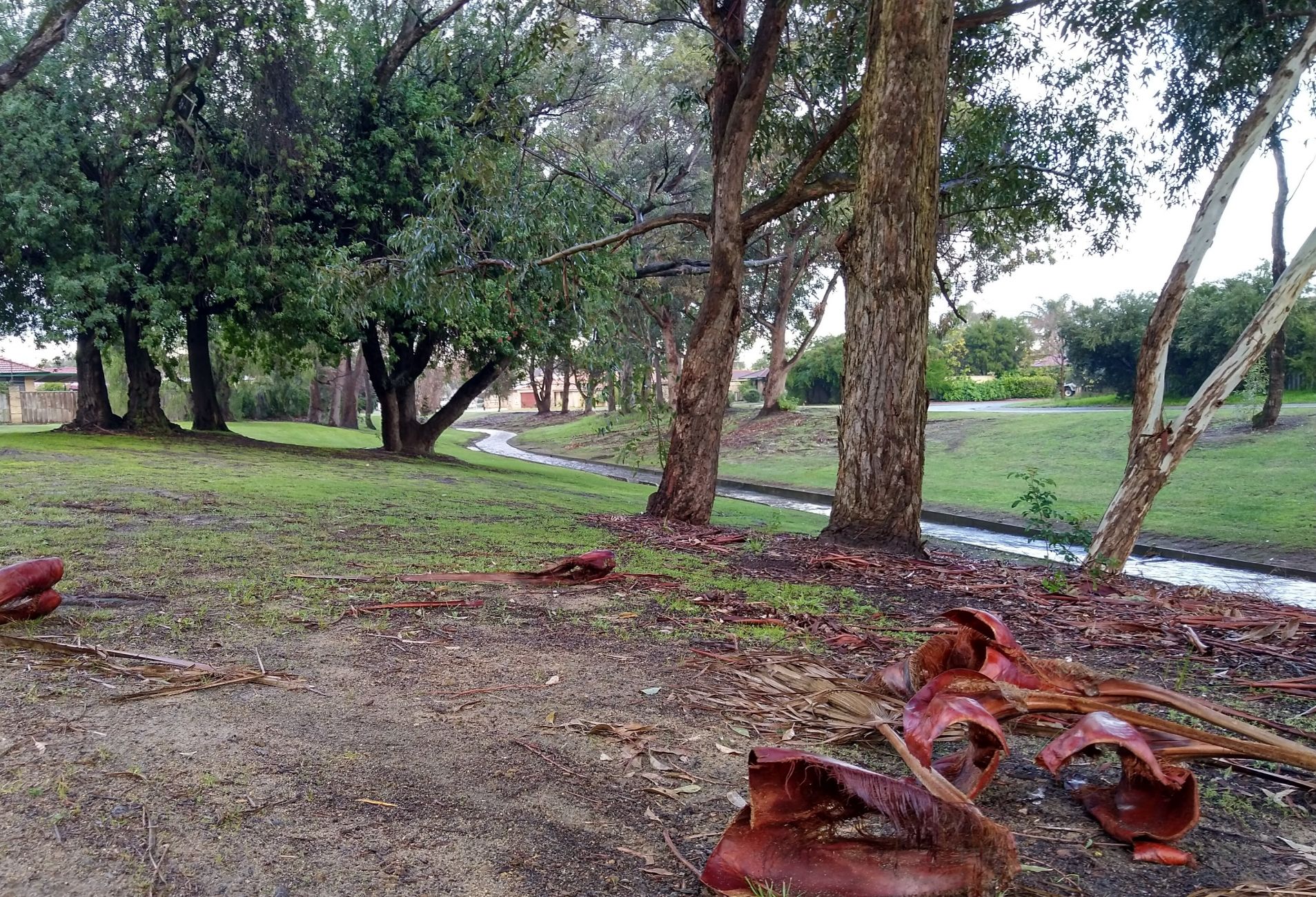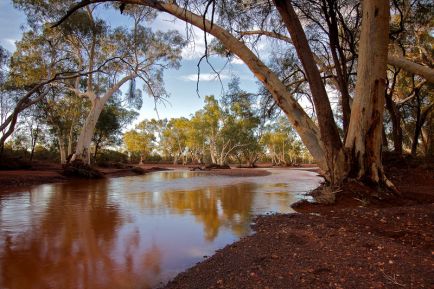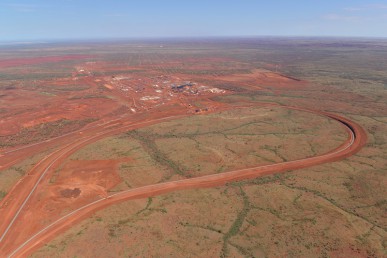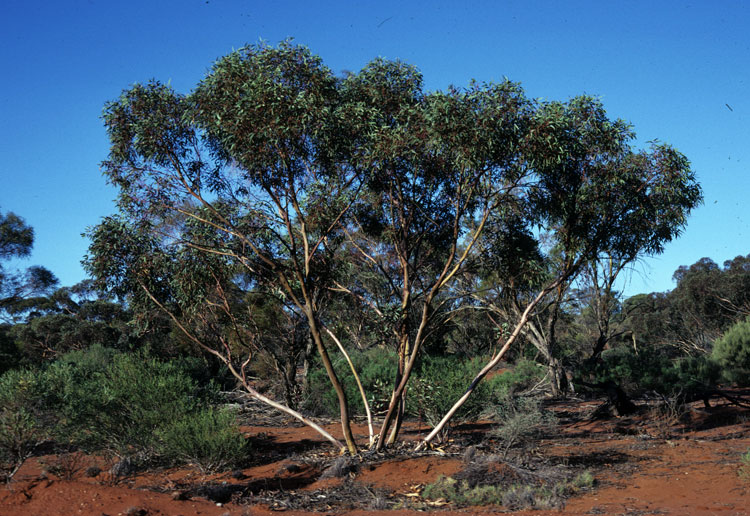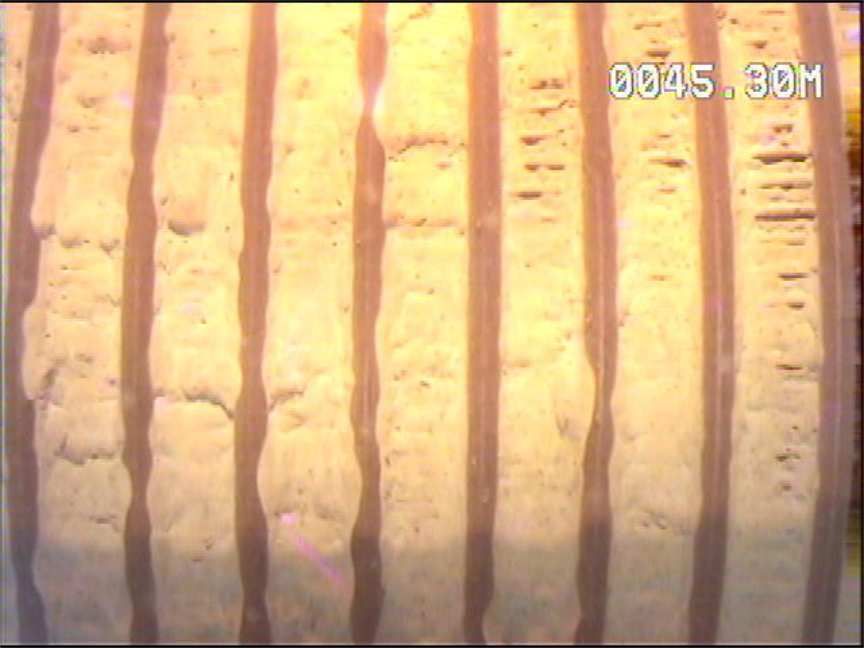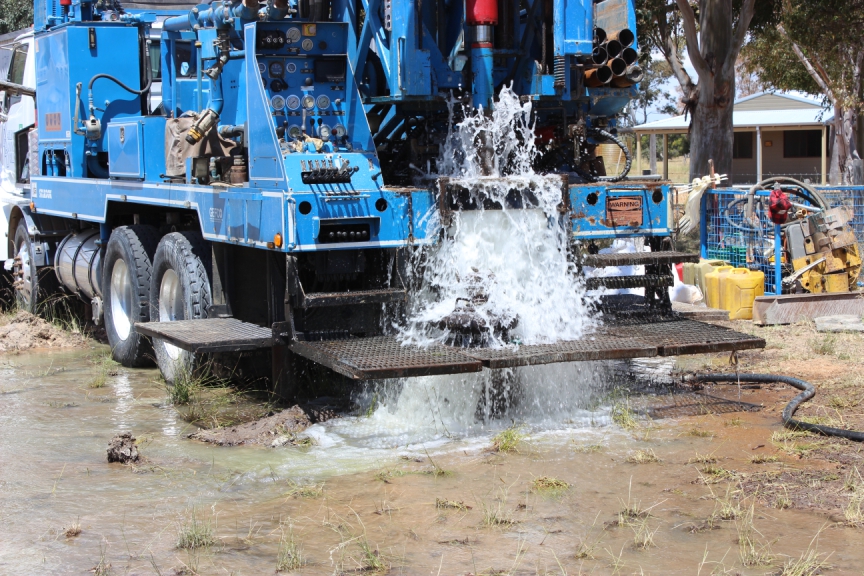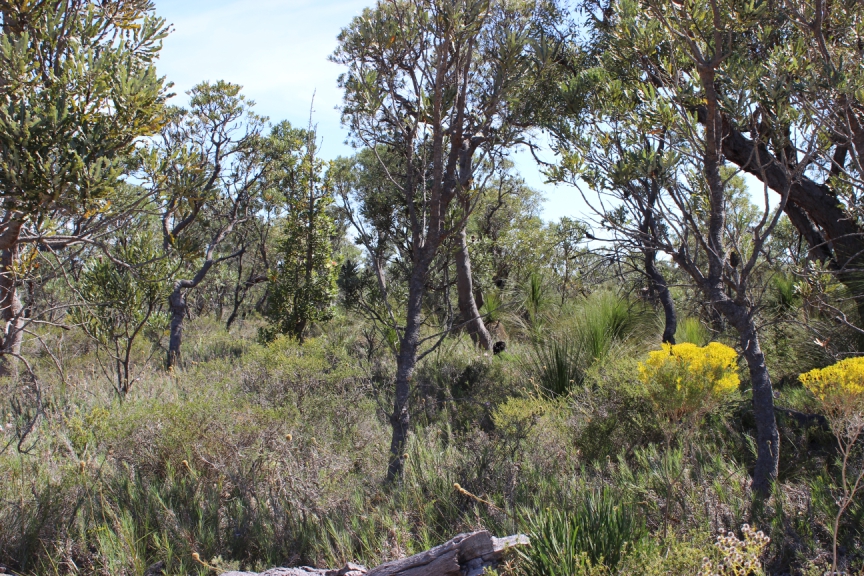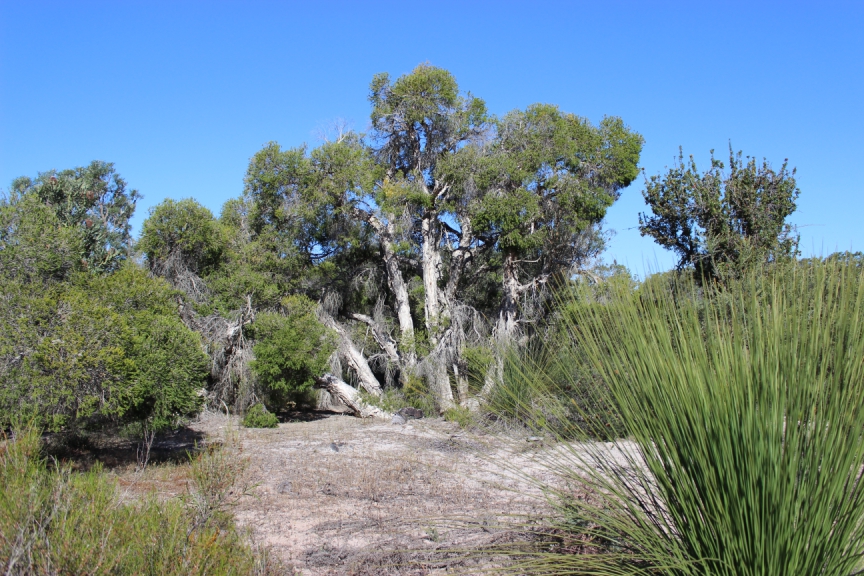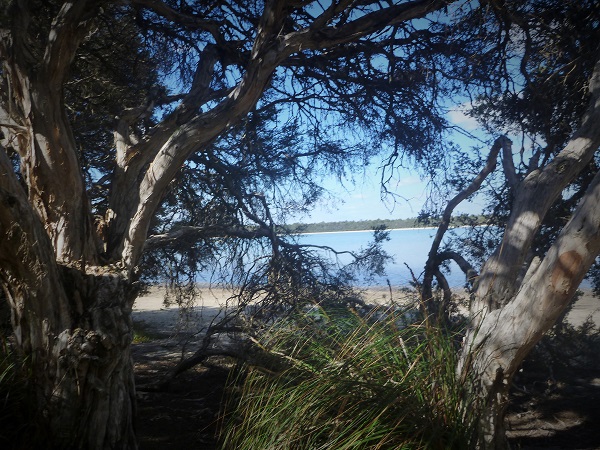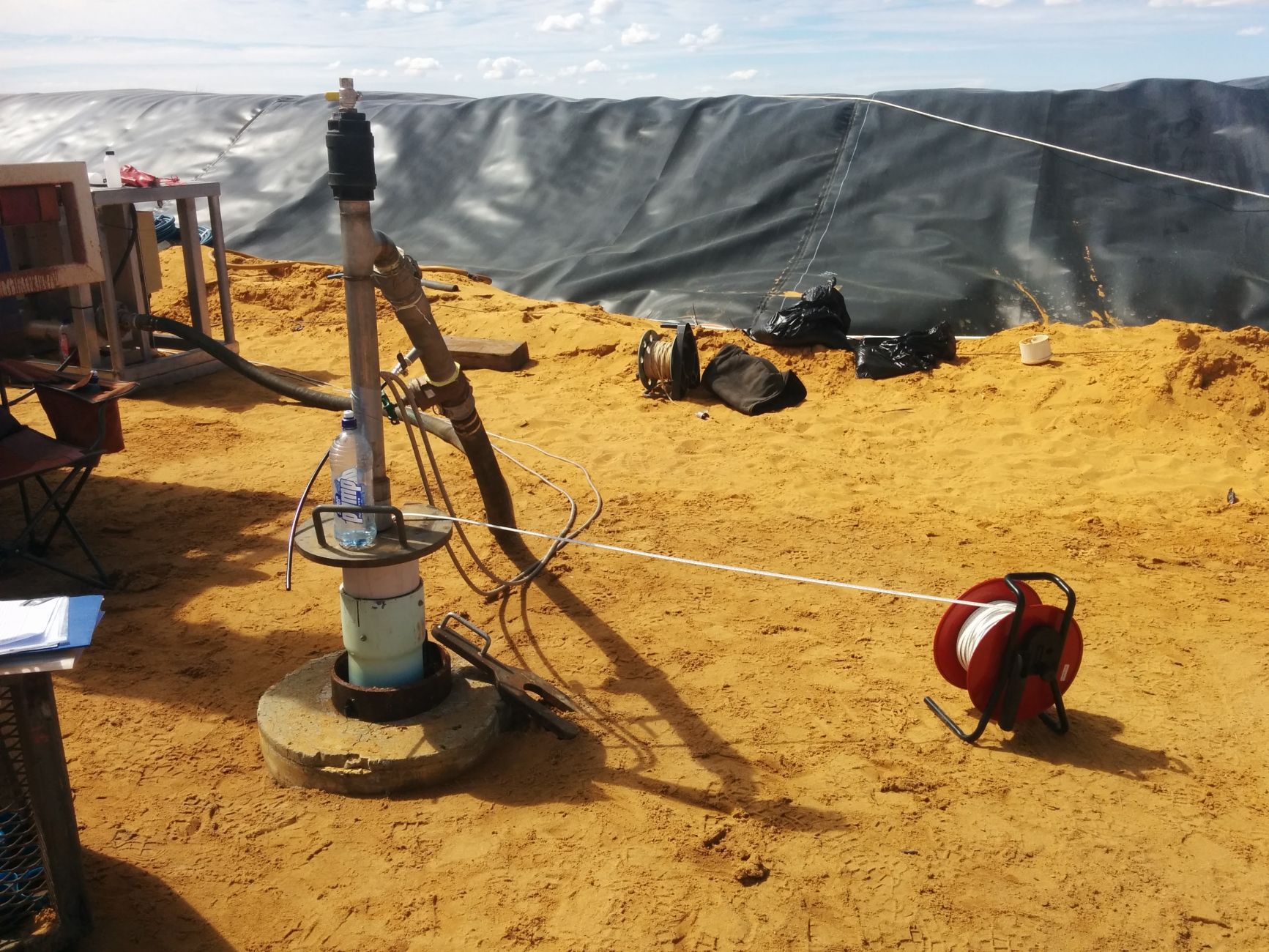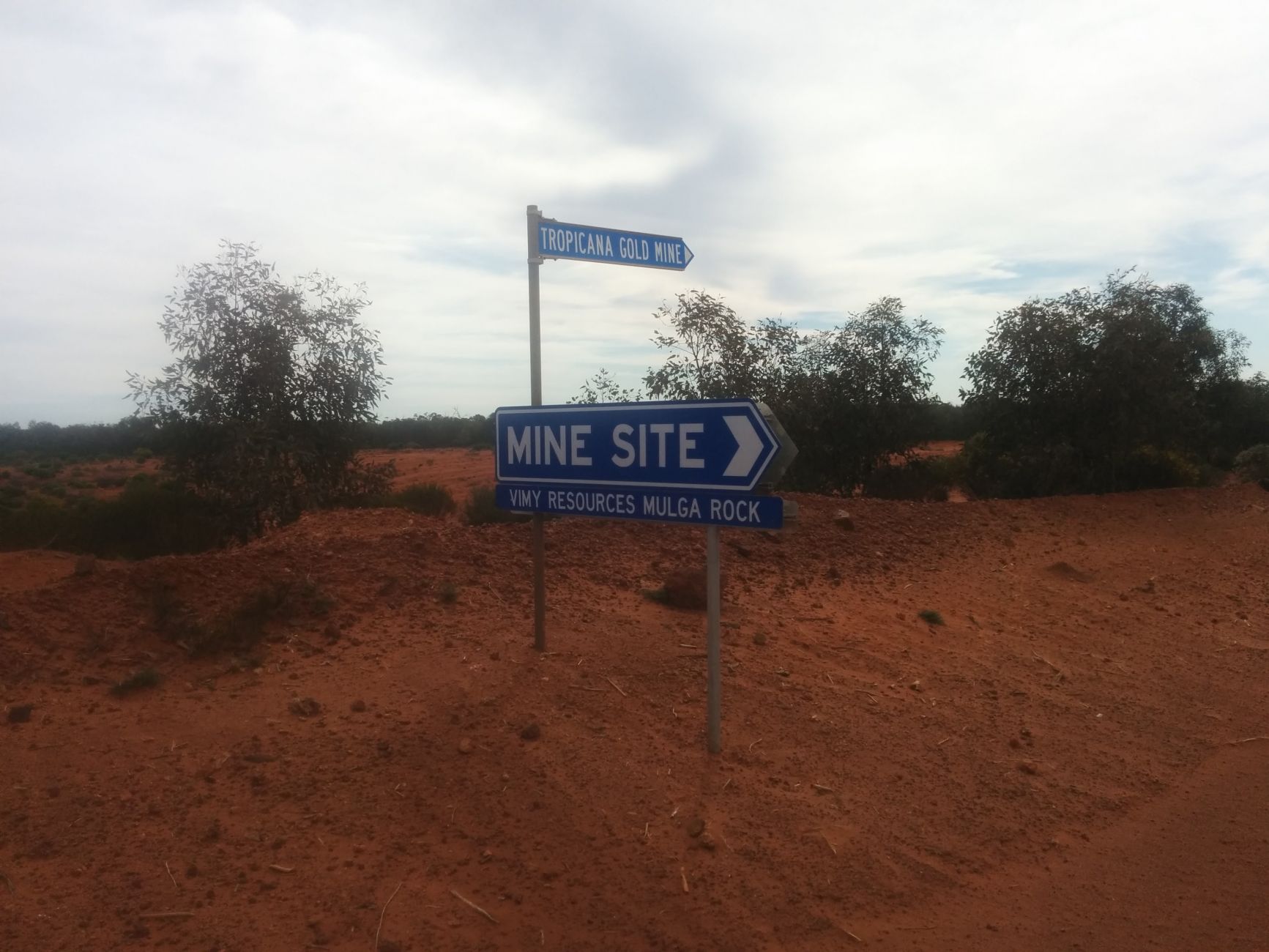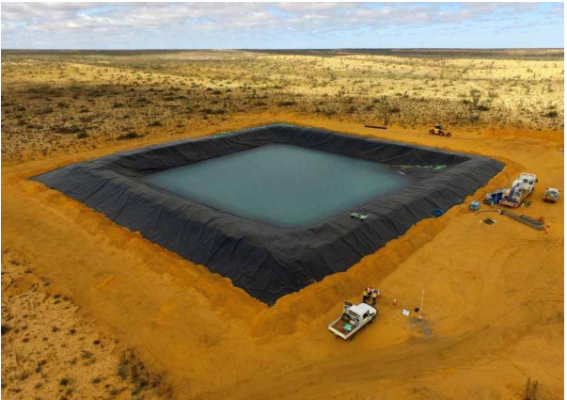Representative Projects
A selection of projects Managed Recharge is proud to have contributed to:
Water Corporation: Beenyup Groundwater Replenishment Scheme
The Water Corporation of WA conducted a successful Groundwater Replenishment Trial over three years with more than 3 billion litres of water produced through an advanced water recycling plant and recharged to the confined Leederville aquifer between 2010 and 2013. The trial conclusively established this innovative technique as a highly viable option for supplementing drinking water supplies in Perth, Western Australia. A fully operational Groundwater Replenishment Scheme was subsequently endorsed by the relevant regulators. The scheme was commissioned in late-2017 with up to 14 GL/annum of recycled water being recharged to the Leederville and Yarragadee aquifers, with further expansion to a 28 GL/annum successfully achieved in 2022.
Managed Recharge director, Karen Johnston, was the lead hydrogeological consultant on this project from its inception in 2009 to 2017, providing groundwater consulting services for technical aspects such as site evaluation and characterisation; bore installation and testing; data and risk assessments; and reporting. Managed Recharge continues to provide expert hydrogeological advice as a member of the Technical Reference Group that oversees the groundwater aspects of the project.
BHP WA Iron Ore: MAR Guidelines
In alignment with BHP’s commitment to water stewardship in the Pilbara region of Western Australia, there is an increased focus on returning surplus water from mine dewatering to the regional aquifer system. This strategy puts a premium on Managed Aquifer Recharge (MAR) for three key reasons; it preserves water for future use, it minimises the mines’ environmental footprint, and it has fewer impacts on the cultural heritage values of the surrounding landscape.
Managed Recharge was engaged to lead a team of high-level professionals, with extensive experience in MAR and the hydrogeology of the Pilbara region, to develop a set of MAR guidelines as a useful reference for those responsible for investigating and commissioning prospective MAR reinjection schemes. The guidelines focus on the process of establishing and implementing MAR schemes, drawing on learnings gained from development and operation of existing reinjection schemes in the region and elsewhere, and providing a framework for future MAR planning, development, implementation, and maintenance at BHP’s WAIO operations. A staged, risk-assessment approach is presented, providing a systematic methodology to help guide the reader through the process of establishing and operating a MAR reinjection scheme.
Managed Recharge's experience in applying the Australian National MAR guidelines to development and implementation of successful MAR schemes, a strong understanding of techincal issues and solutions relating to MAR, and sound knowledge of hydrogeological conditions in the Pilbara all added value to the project.
Harvey Water: Waroona MAR Investigation
Waroona is located in the Peel Region south of Perth, Western Australia; within the Perth Basin. In the area under investigation, groundwater resources are understood to be limited by an increased proportion of siltstone in the Leederville Formation and/or poor quality groundwater. Harvey Water are currently exploring the potential to add groundwater to their water delivery scheme to expand irrigation and fit-for-purpose supplies in the region. Recognising possible limitations with regard to available groundwater with suitable quality, the investigation focuses on development of a Managed Aquifer Recharge (MAR) scheme, whereby fresh water flowing in a nearby drain during winter can be harvested and stored in the local aquifer system for use during years of restricted surface water supply.
An entry-level desktop assessment was undertaken, which found a MAR scheme is likely to be viable with manageable risks, subject to adequate water quality treatment and verifying the presence of an aquifer capable of receiving large volumes of water during the recharge season (up to 16 ML/d). Thick, clean sandstone units identified in nearby monitoring bores, with fresh to marginal groundwater, were considered promising. A detailed drilling program was developed to characterise the hydrogeology of the site. Drilling showed a highly productive aquifer system to be present, with up to 12 ML/d potentially available from a single site. The groundwater was also found to be relatively fresh, at 1000 mg/L TDS. Numerical groundwater flow and solute transport modelling suggest yield and salinity are sustainable for long-term pumping.
The results are promising for development of a MAR scheme, with large production yields, relatively high aquifer transmissivity, confining layers present to prevent propogation of groundwater mounding to the shallow aquifer, and the Cattamarra aqifer, which has been identified as highly prospective for MAR, at present at shallower depths than anticipated.
Darkwater Consultants: Reko Diq Feasibility Study
Managed Recharge was engaged by Darkwater Consultants to write up the Water Management Section of an updated Feasibility Study for Reko Diq, on behalf of Barrick's Reko Diq Mining Company (RDMC).
Reko Diq is one of the world's largest, undeveloped, copper-gold deposits. Located in the north-west of the Balochistan province in Pakistan, it represents a joint venture between Barrick, three federal state-owned enterprises, and the Balochistan government. The area is hyper-arid, with an average rainfall of just 11 mm per year, creating vast, sand- and gravel-covered deserts. Due to the harsh conditions, the area is sparsly populated with a number of development challenges for the locals who live there. It is anticipated that the mine will bring a much needed economic boost to the region.
The Water Management section of the Feasibility Study comprises results from numerous historical studies, from various consultants, dating back to 2008 and updated with more recent investigations. The section coveres mine dewatering, mine water management, and mine water supplies. The work is comprehensive, including geophysical surveys, local bore census, several substantial drilling programs with bores drilled from 100 to 600 m depth, aquifer testing, geotechnical assessments, development of conceptual models, and numerical modelling of surface water and groundwater systems.
Managed Recharge was able to bring the work together as a cohesive whole under a tight time-frame, contributing to a significant milestone in this potentially transformative project.
City of Kalamunda: Hartfield Park Stormwater Capture and Reuse Scheme
The City of Kalamunda has developed a MAR site at Forrestfield to address water source restrictions associated with their Hartfield Park Redevelopment plan. An alternative water source was required to ensure the long-term sustainability of maintaining the site with increased sports playing-field area, and subsequent increased irrigation demand.
Managed Recharge director, Karen Johnston, has been involved with this project from the outset and was responsible for delivering the preliminary feasibility assessment for the proposal to take water from the Water Corporation's nearby Woodlupine Brook Main Drain during winter for storage on-site in the shallow aquifer system and reuse during summer. Work undertaken includes a drilling and aquifer testing program, numerical groundwater modelling, hydrogeological assessment, risk assessment, pilot scheme design, injection trials and assessment and ongoing review and reporting to meet regulatory requirements. Managed Recharge continues to provide hydrogeological consulting services as the project moves forward to a fully operational scheme, set to recharge up to 230 ML/annum.
In 2017, the Hartfield Park MAR project won the WA Australian Water Association Award for Innovation and Sustainable Water and Environmental Outcomes.
Roy Hill: Prefeasibility Assessment for Remote MAR Borefield
Managed Recharge was responsible for undertaking a prefeasibility and scoping study for Roy Hill Iron Ore in the Pilbara region's Fortescue Valley, assessing the viability of reinjecting large volumes of dewatering water away from the Roy Hill Mine Site. The study reviewed hydrogeological conditions in the Valley and considered the technical viability of reinjecting brackish and saline water to the regional aquifer system, including assessment of aquifer capacity, water quality considerations and potential environmental impact, particularly in relation to the ecologically significant Fortescue River and Marsh.
A drilling program was proposed to better define the hydrogeology of the region, including prospective drilling locations, monitoring borefield layout, and high-level bore design. Key risks associated with the project were identified and recommendations made with regard to further investigations to better evaluate those risks.
Subsequent work undertaken by others, with some early technical review from Managed Recharge, has resulted in the successful development of a remote MAR borefield at the location recommended in the scoping document provided.
Mine Site MAR Borefield: Clogging Assessment
Reinjection of mine dewatering water is an increasingly attractive option for mine sites throughout Western Australia seeking to reduce environmental impact. One of the greatest risks to the viability of these schemes is clogging of the injection bore.
Managed Recharge was engaged by minesite operators to independently review the possible causes of clogging in a newly established managed aquifer recharge (MAR) borefield where the reinjection bores failed to receive the anticipated volume of excess dewatering discharge. Using available documents and data to develop an understanding of the hydrogeology, the inferred reinjection capacity of the bores, the operational set-up and water quality considerations, the possible causes of clogging were identified, and remedial strategies recommended.
Managed Recharge's specialist expertise in MAR and clogging issues enabled us to recognise the degree and rate at which clogging had occurred and to identify the clogging mechanisms. Acknowledging the complexity of the problem, with air-entrainment, physical clogging, chemical precipitation and biological fouling all contributing to rapid clogging in the system, meant practicable solutions relating to headworks set-up and an ongoing remediation program could be provided to immediate effect.
Greenacres Turf: Superficial Aquifer Water Supply
Greenacres Turf Group are developing a turf farm in the Northern Perth Basin and required an adequate supply of suitable quality water for the development to proceed. Managed Recharge were engaged to conduct a desktop review to ascertain the likelihood of obtaining the required supply at the property proposed for development, and the subsequent exploratory drilling program.
The desktop study indicated a sustainable supply was likely to be available at the site, and bore locations and conceptual bore design were provided. The drilling program was very successful, with the desired yield of 40L/s achieved from a single production bore.
Of concern to the Department of Water and Environmental Regulation was the potential impact of pumping on nearby Conservation Category wetlands and Banksia Woodland. Monitoring bores were installed to assess groundwater level drawdown during pumping tests and determine likely groundwater level changes at these groundwater dependent ecosystems. Numerical groundwater modelling was undertaken to predict long-term drawdowns in the water table in response to the proposed abstraction. The results indicated the impact is likely to be manageable, and a groundwater monitoring program was provided to allow adaptive management processes to be applied during proposed operations.
Limestone Extraction: Environmental Hydrogeological Impact Assessment
A new limestone quarry is proposed in the southwest of Western Australia to supply the city of Perth and surrounding hinterland with high-grade limestone for agricultural and construction purposes. The location for the proposed excavation pit is considered to be environmentally sensitive, with the potential to impact on the high-value coastal lakes in the region.
Managed Recharge undertook a hydrogeological assessment of the proposed development site, including installation of seven monitoring bores into the water table to ascertain depth to groundwater as well as the direction and rate of groundwater flow relative to the lakes. A deeper monitoring bore was also installed to enable a groundwater salinity profile to be obtained for the site. The drilling data were assessed with reference to the hydrogeological characteristics of the area and an impact assessment made based on the proposed limestone extraction development. Analytical modelling was undertaken to assess any potential changes to groundwater levels that might arise from modified recharge rates, and a high-level water balance was provided to show whether operations might impact on groundwater flow to the lakes. Groundwater quality samples were collected and analysed to determine geochemical characteristics of the groundwater, and simple groundwater quality modelling was undertaken to assess the risk of operations changing groundwater quality and ultimately impacting the water quality in the coastal lakes.
Mulga Rock Project: Re-Injection Trial
Vimy Resources Limited is developing the Mulga Rock Uranium Project, located 240 km east-north-east of Kalgoorlie in Western Australia. The project involves shallow open-pit mining of four poly-metallic deposits with commercial grades of uranium. The project has a life of mine of 16 years and will produce 1,360t of uranium oxide concentrate annually. As part of the Public Environmental Review process Vimy Resources investigated the potential for recharging excess dewatering water to a local hypersaline-palaeochannel aquifer. An innovative bore design was proposed by the client to maximise injection capacity by allowing water to recharge to deep unsaturated sand intervals present above the confining layer of the aquifer itself.
Karen was responsible for the technical feasibility assessment for the re-injection borefield and was assisted by Rachel, who was responsible for the field work and injection test analysis. Pumping and injection tests were conducted on a purpose-built injection bore to assess the ability of the aquifer and the bore to accept the required injection rates (up to 25 L/s). It was found that the rates required could readily be sustained with appropriate clogging control and maintenance. The work included supervision of pumping and injection tests, data collation and risk assessment, providing technical advice and recommendations for operations (including borefield design), preparation of a monitoring program, and reporting to the regulatory authorities, as per the West Australian MAR Policy and Australian MAR guidelines.

